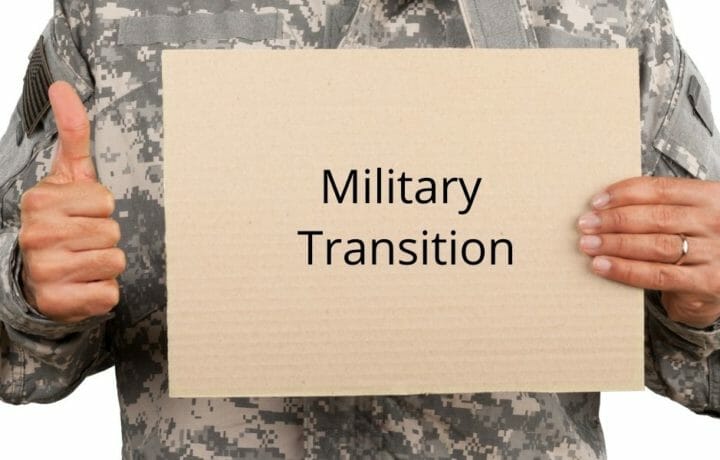In another cost-cutting measure, Congress approved a new retirement option called the Blended Retirement System or BRS. Under it, a service member would collect a lump sum amount at retirement in exchange for either a 25% or 50% reduction in standard retirement pay until age 67 when full retirement pay would kick in. That is also the age when the individual is fully eligible for Social Security.
While enticing on the surface, is it something new enlistees starting in 2018 will (or should) select 10 years down the road when they are first eligible for retirement under BRS?
Here is how it will work
For illustrative purposes, let’s use a 38-year-old E-7 today with 20 years of service.
If retiring now under BRS, the individual would get a $174,454 lump sum payment in return for forfeiting 50% of his/her monthly retirement pay. The amount is $87,277 if accepting the 25% reduction option.
Factoring in a 3% annual cost-of-living adjustment, the retired E-7 would receive $488,363 in monthly retired pay between ages 38 and 67. However under the 50% BRS option, s/he would forfeit an equal amount in exchange for the $174,454 lump sum. Under the 25% option, the numbers come out at retired pay of $732,544 with a $244,182 forfeiture in exchange for the $87,277 lump sum.
Personal discount rate difference
Personal discount rates measure an individual’s preference to have a lump sum of their retirement pay now in exchange for less pay in the future. But under BRS, the personal discount rate used in the calculation of lump sum payments is around 7.3% instead of the civilian rate of 2% to 4% which has been commonly used in the business world since 2010. The higher the personal discount rate, the greater the savings by the employer – in this case the U.S. Government.
Why would anyone choose the BRS?
Using our E-7 example, why would anyone want to give up $16,840 per year for 29 years? Actually, there are a few reasons where it makes financial sense. One, using the money to make a larger down payment on a house to lower the monthly mortgage premiums. Two, using the lump sum money as capital to start a business. With the right business, it would not be hard to make up that $16,840 per year loss and more.
On the surface BRS may not seem like a viable program worth pursuing. But as shown, there can be instances where it would make sense to choose the option. In other cases, it would be more financially beneficial to select the non-BRS standard type of retirement.
In cases involving large sums of money, always consult a reputable financial manager to help you work the numbers to see which retirement plan is right for you.




